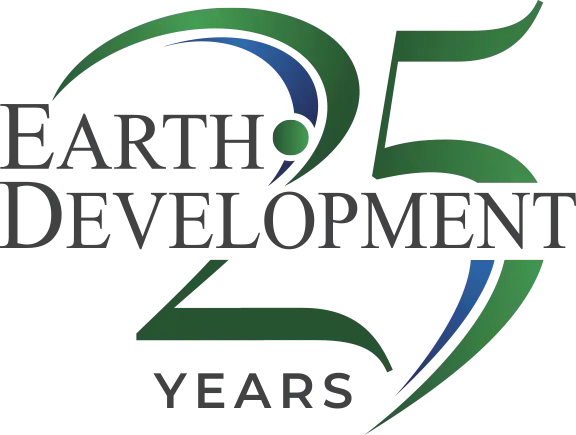It’s easy to assume the worst when you notice brown patches on your lawn, but knowing the difference between dormant grass vs dead grass could save you from causing more damage! At Earth Development, we know how to maintain lush, healthy, and green lawns…but we also keep you informed.
Let’s take a look at dormant vs dead grass, and how you can revitalize your lawn.
Dormant Grass
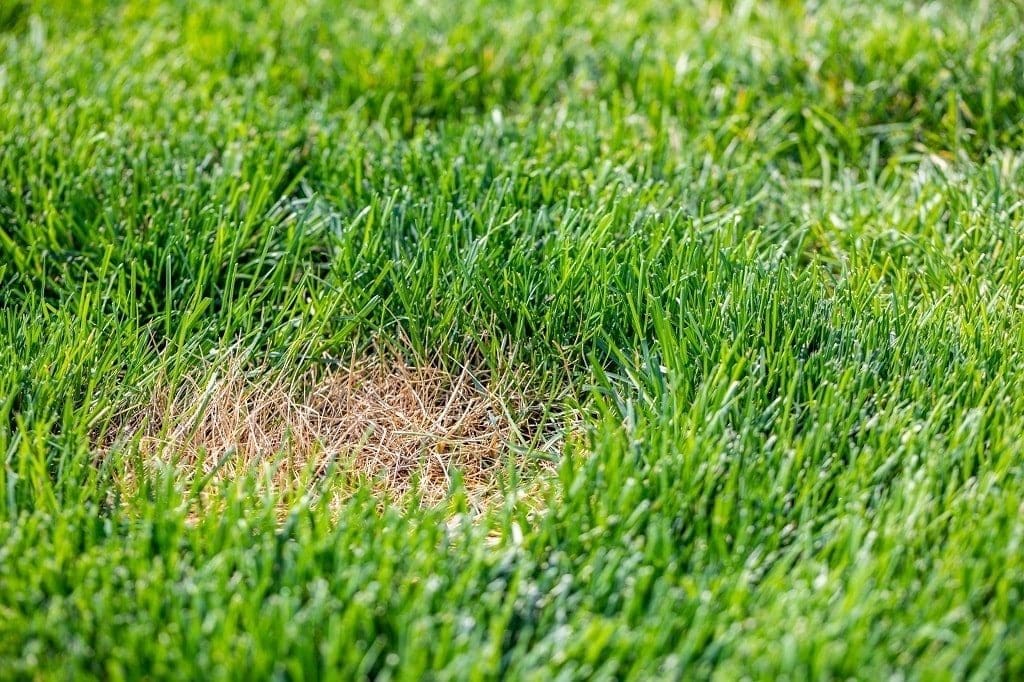
So, is yellow grass dead? Not necessarily.
All grass goes through a period of dormancy at some point in the year. Cool-season grass breeds will go dormant when the temperature becomes too hot, while warm-season varieties will enter a dormant phase when the cold weather arrives. So, those patches of yellow on your lawn could be dormant grass.
While the blades of grass look dry and brown, the crown of the plant is still alive and once it receives moisture and the temperature is right, it will come back to life within one or two weeks. You might notice periods of dormant grass for several weeks or months, and while the lawn will mostly come back to life, you’ll also need properly maintained and nourished soil to give your lawn the resources it needs to make a full return.
Dead Grass

Dead grass, or dying grass, looks very similar to dormant grass.
The best way to know for sure if your grass is still alive is to wait and see what happens. If the grass stays yellow and doesn’t come back to life in the springtime, even with watering and fertilizing, then you know the grass is dead.
At this point, you’ll need to take action to prepare the soil for new grass, ensure there are nutrients within that soil and begin reseeding or laying new turf.
Reasons For Dead Grass
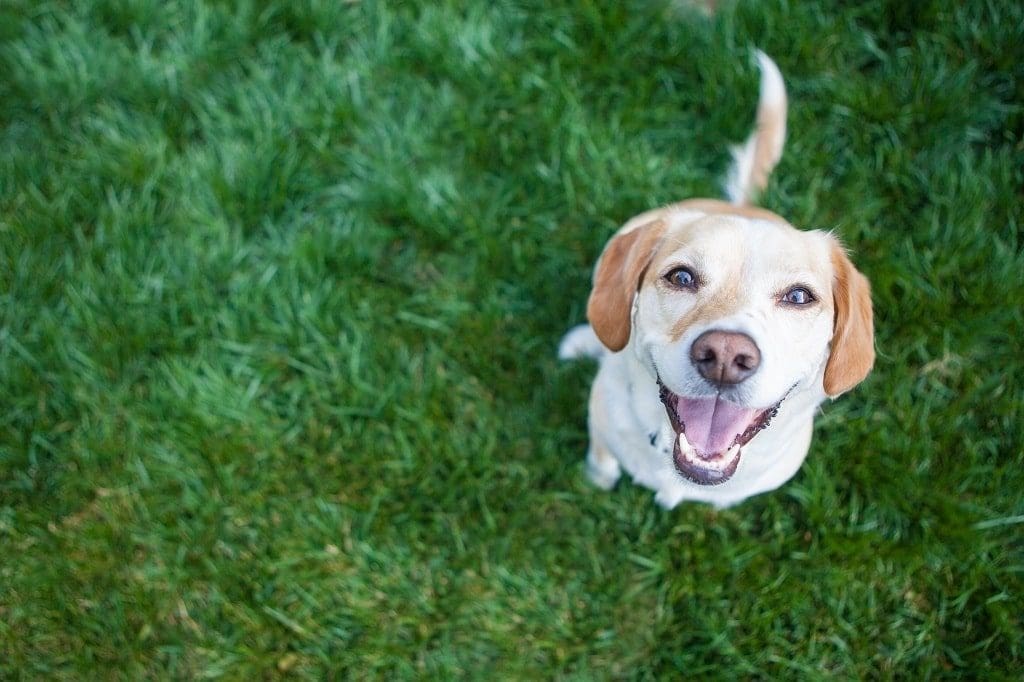
There are lots of things that can cause that brown/yellow dead grass color, and which can permanently kill your lawn. Some of the most common reasons for dead grass that we encounter include:
- Dogs urinating on the grass, introducing high levels of nitrogen to the soil.
- Mowing grass too short.
- Failing to properly nourish the soil.
- Not addressing lawn diseases and pests.
- Drought or lack of water.
- A build-up of thatch that stops water and air from reaching the soil.
Tug Test
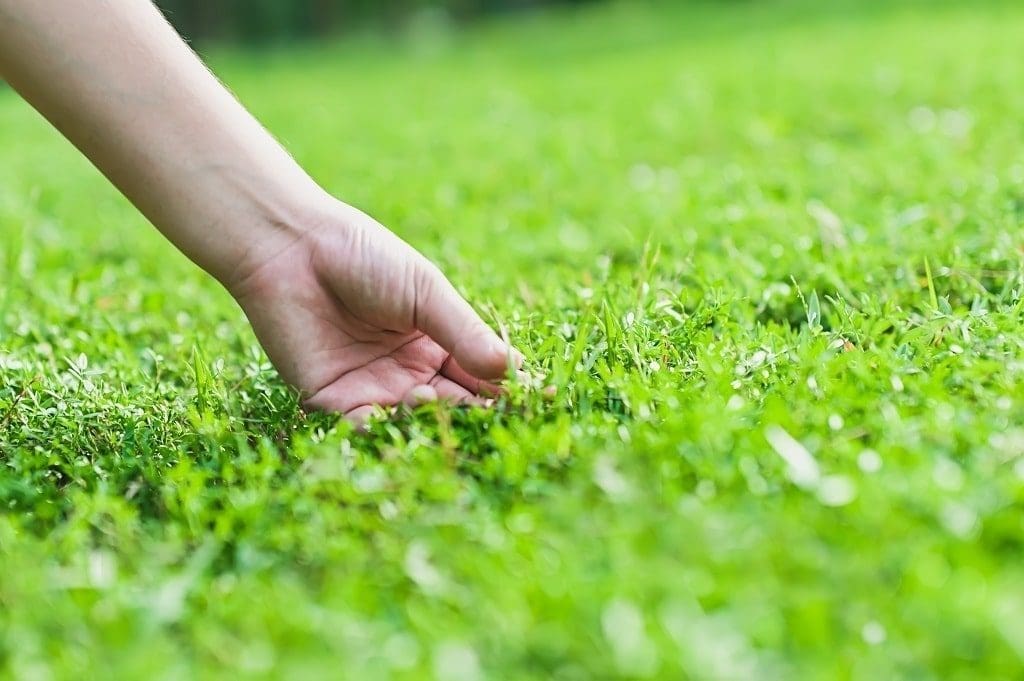
If you’re still wondering, “is my yellow grass dead or dormant?” then here is a neat trick you can try.
Find a section of brown or yellow grass on your lawn, and grab a handful. Give the grass a quick tug and if you see the grass pull out of the ground without any resistance, you can fairly safely assume that it is dead. Dormant grass is technically still alive and will resist your tug and be much harder to pull out of the ground.
Can Your Brown Grass Be Saved?
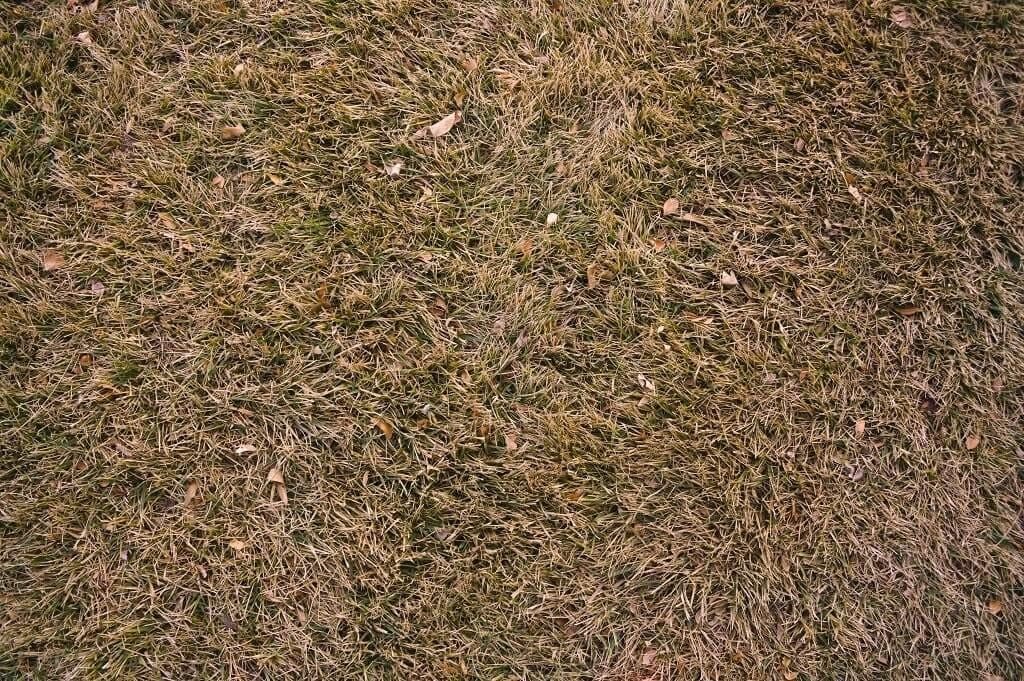
The million-dollar question…can you save your brown grass?
The answer is yes! Even when the grass is dead, Earth Development has a team of lawn care and landscaping specialists who know precisely what it takes to bring your lawn back to life.
From our soil aeration and dethatching techniques to our deep knowledge of overseeding and fertilizing, we’ll ensure that your soil is ready to grow a lush, green lawn.
If your lawn is completely dead, we’ll discuss your seeding and turfing options. If the lawn simply needs to be prepared for the warmer seasons, we’ll work with you on that too.
If you would like to take steps to revitalize your lawn yourself, be prepared to apply fertilizer in preparation for the growing seasons and to keep the lawn protected against disease, fungi, and pests.
Let’s Bring Your Lawn Back to Life!
We hope this shows you how to know if the grass is dead or dormant, and that there is hope for your lawn even when the yellow patches have turned brown and won’t come back to life!
If you’d like to learn whether your grass is dormant or dead and speak to professionals who can prepare your lawn for the warmer months, why not call your local Earth Development team?
We’ll offer a timely diagnosis and put together a strategy to bring your lawn back to life. Call today for a detailed consultation and a plan of action, at (920) 406-7501!
